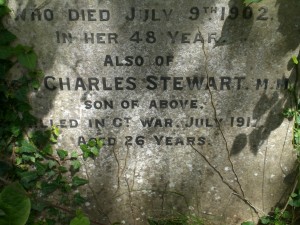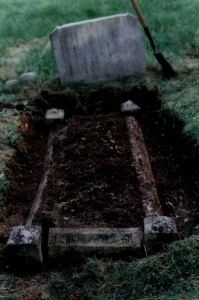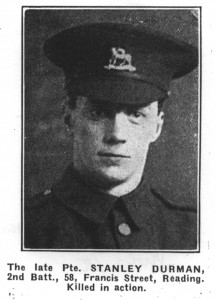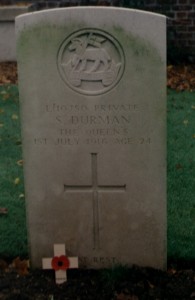Stanley Durman
Private L/10750 The 7th Battalion
Queens (Royal West Surrey) Battalion.
Division 71 Extension
Stanley Durman died on 1st July 1916. He was the son of Alfred and Maria Durman, of 58, Francis Street, Reading. He is commemorated on the family grave. Number 17859. Berkshire Family History Society classification 71G10.
The 1911 census indicates that he was a cutter-up in the sugar wafer department of Huntley and Palmers. However, his name was not recorded on the depatment’s memorial. His father worked as a porter for a timber merchant and his older brother as a house painter.
Stanley Durman’s older brother Alfred Stephen Durman, also served in the war. He was a stretcher-bearer of the Royal Berkshire Regiment who was wounded, date not known, and as a result had his left leg amputated.
Pictures of Private Durman killed 1st July 1916 bear different captions. One stated that his Regiment was the 2nd Royal Berkshire Regiment the other simply Royal Berkshire Regiment. The addresses on the pictures are identical. It was not uncommon to transfer men between battalions to make up for losses. The 7th Queens and 6th Royal Berkshire were in the same Division – the 18th (Eastern) Division.
An interesting incident illustrates the closeness of the units. Both units were attacking towards the village of Montauban on the first day of the Somme battles. When Breslau Trench was captured a wounded German machine gunner was caught, he was found chained to his gun by his ankle. The initial capture was attributed to the 6th Royal Berks., but was finally confirmed as a capture by the 7th Queens. (Public Records Office CAB/189). On 1st July, the 7th Queens attacked at 7.30a.m. The first advance was held up by heavy fire in front of Breslau support trench, possibly by the same machine gunner. Later the 7th Queens fought on through Back Trench and Train Ally to Montauban Ally. The War Diary records that after 12 hours fighting the final objective was reached and consolidated on a front of 200 yards.



